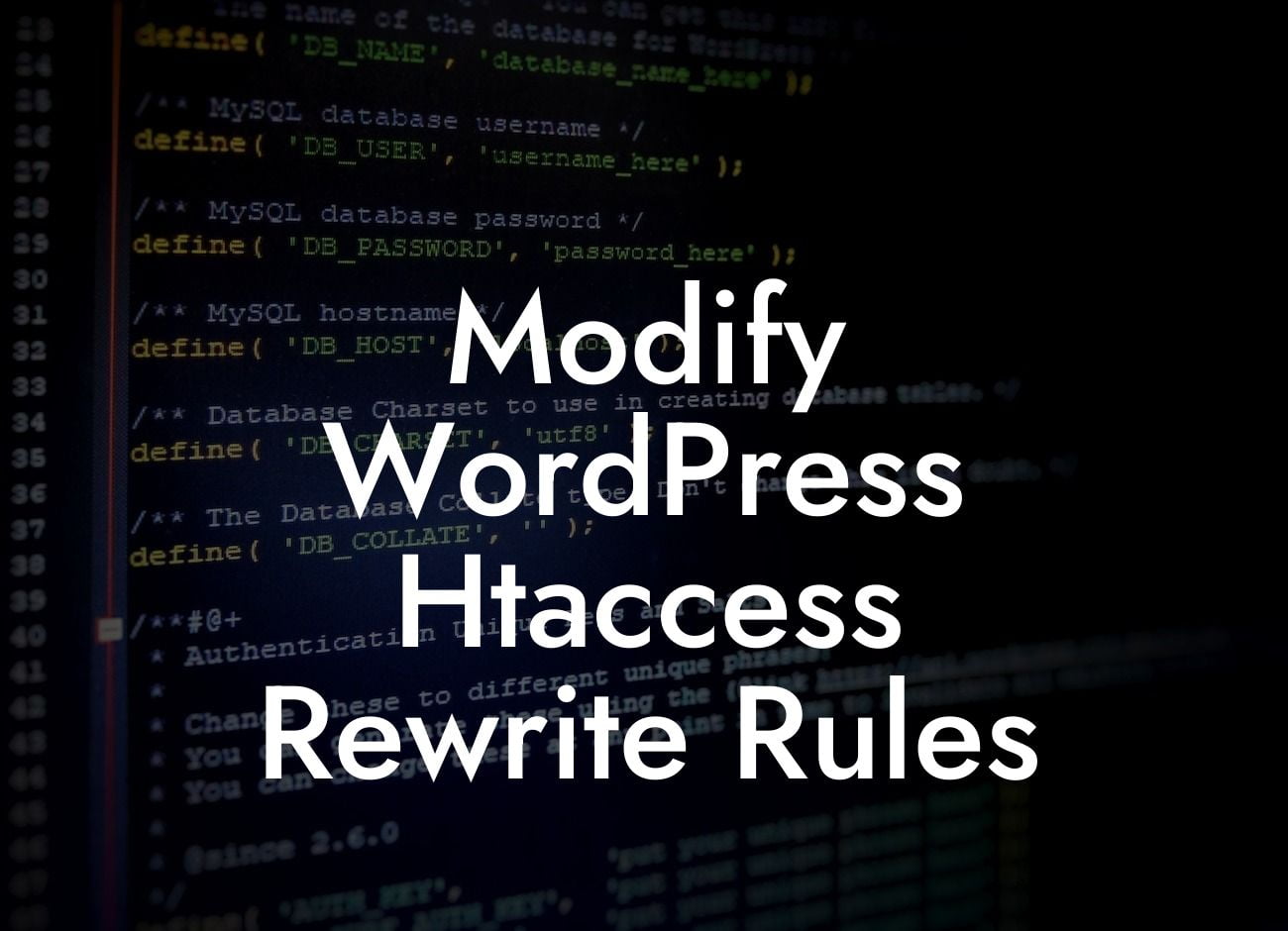.htaccess rewrite rules play a crucial role in enhancing your WordPress website's performance and ensuring seamless navigation for your visitors. However, modifying these rules can be a daunting task, especially if you're not familiar with the technical aspects of WordPress. In this guide, DamnWoo will walk you through the process of modifying WordPress .htaccess rewrite rules, empowering you to take control of your website's functionality and optimize its performance.
H2: What are .htaccess Rewrite Rules?
H3: Understanding the Structure
- In this section, we'll explain the basics of .htaccess rewrite rules and their importance in customizing your website's URLs and handling redirects.
H3: Accessing the .htaccess File
Looking For a Custom QuickBook Integration?
- Here, we'll guide you on how to locate and access the .htaccess file in your WordPress installation, ensuring you have the necessary permissions to make changes.
H3: Backup Your .htaccess File
- Before diving into modifying the .htaccess rewrite rules, it is crucial to back up your existing file to avoid any potential issues or data loss. We'll provide you with step-by-step instructions on creating a backup.
H3: Modifying .htaccess Rewrite Rules
- This section will guide you through the process of modifying specific rules within the .htaccess file, including redirecting URLs, enabling custom error pages, and handling non-www to www redirects. Clear examples and code snippets will be provided for easier understanding.
H3: Testing and Implementation
- Once you've made the necessary changes to the .htaccess file, it's important to test your website thoroughly to ensure everything is functioning as expected. We'll walk you through the testing process and provide troubleshooting tips.
Modify Wordpress Htaccess Rewrite Rules Example:
Let's say you want to redirect all requests from "example.com/old-page" to "example.com/new-page." We'll show you how to modify the .htaccess rewrite rules to achieve this, using the appropriate code snippets and explanations.
Congratulations! You've successfully learned how to modify WordPress .htaccess rewrite rules. By taking control of your website's functionality, you can enhance its performance, improve SEO, and provide a better user experience. Explore other insightful guides on DamnWoo to unlock more potential for your small business or entrepreneurial venture. Don't forget to check out DamnWoo's awesome plugins to further elevate your online presence. Share this article with others who might find it helpful, and let us know your thoughts in the comments below.













